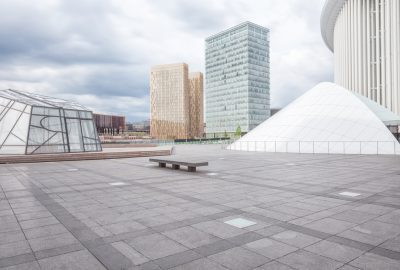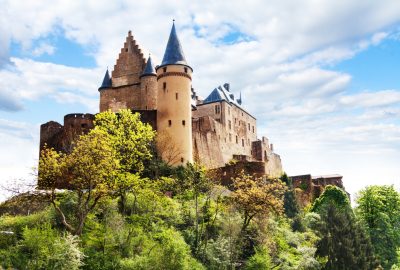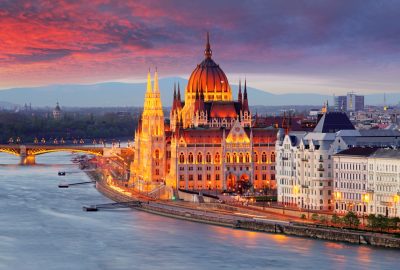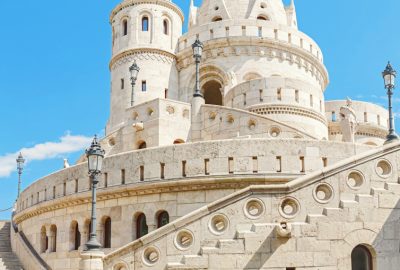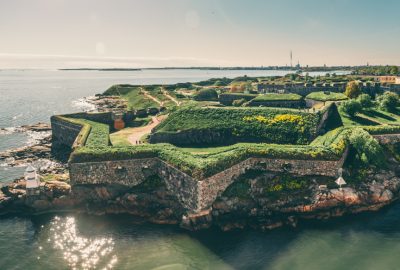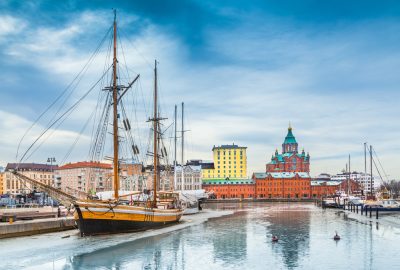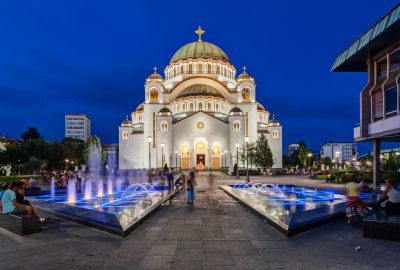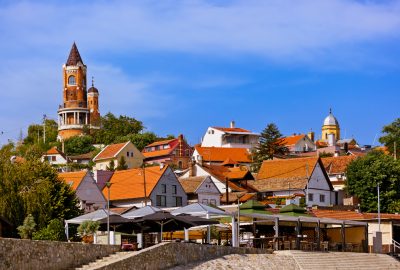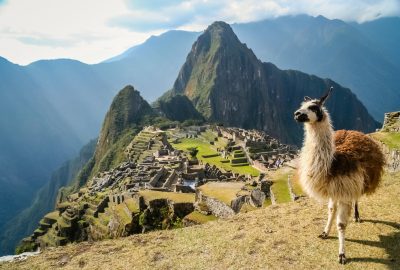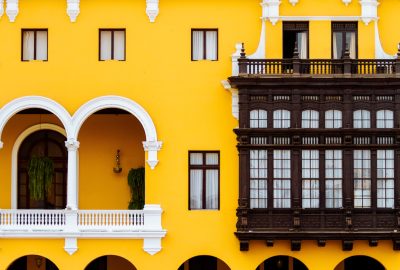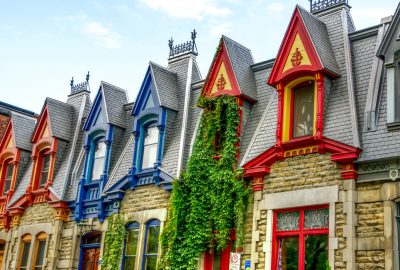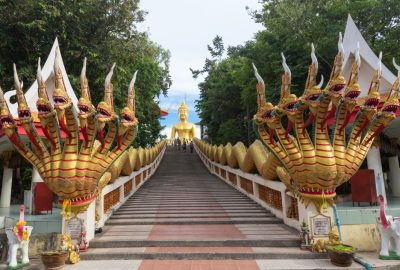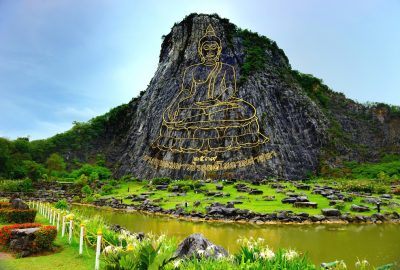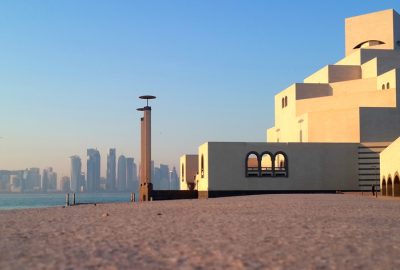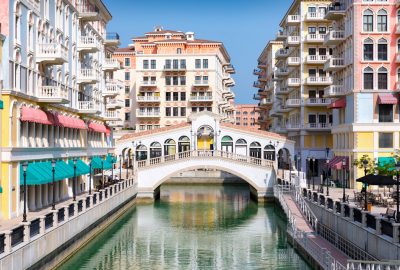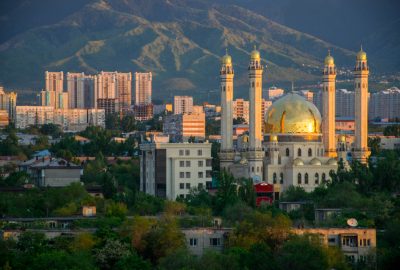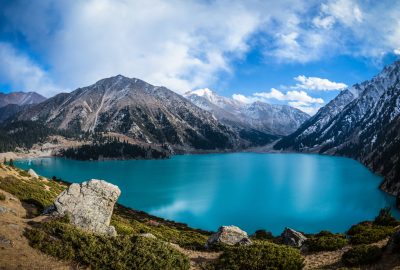“Why not Porto?” I heard that line at least a dozen times when I planned another trip to Lisbon. I eventually caved in and booked a trip. I had to see what all the fuss was about. And I must admit -even as a big Lisbon fan – that Porto is a very relaxed and fun city. Lisbon can be hectic, if not even chaotic. Crowds everywhere, people constantly in a rush. It can be charming but at some stage it also becomes annoying. Porto, on the other hand, is almost serene. I think that’s because it used to be a city of simple people. Aristocracy was not allowed to live there for more than 3 days at time. Imagine an actual law that prohibited rich people from owning a house in Porto. That bliss lasted from early Middle Ages to the 17th century. What if the lack of rich people is the secret to happiness? You can begin the exploration of Porto with the Clérigos Church. Climb the tower for an impressive view on the city and the river. It can get a bit claustrophobic in there and the way to the top isn’t easy. They keep it open at night and that’s when the view is the best.
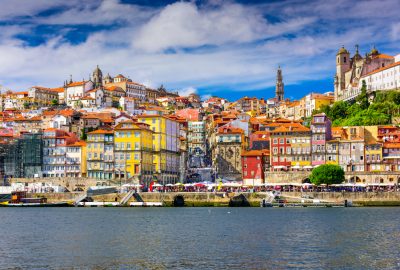
Ancient charming Porto on the north bank of the Douro river; some catholic cathedrals are more than a thousand years old and many buildings are decorated with traditional Portuguese azulejo tiles
The Church of Saint Francis (Igreja de São Francisco) is the second church you need to see. It doesn’t look like much from the outside but the inside is jaw dropping. Every single part of the interiors is covered by a layer of gold. Step down to the ascetically cold catacombs, the complete opposite of the richness above. There’s also the Cathedral, but it’s nothing to write home about. Check it out if you want, but aside from being spacious it’s pretty underwhelming. One thing that will catch your eye in Portugal are the tiles. They call them azulejos and adopted them from the Muslims in the 15th century. Azulejos are everywhere, from regular homes to chapels like the Capela das Almas. They’re like a giant comic book depicting the lives of saints or the history of Porto. The São Bento interior is filled with tiles and they are the main reasons this train station is known as the most beautiful in the world. The only downside to azulejos is that thieves and collectors are increasingly targeting them. More and more citizens of Porto turn to the Bank of Building Materials because of that. They can store their tiles in there for free and withdraw in case they need a spare to fill in.
This city was a trade powerhouse and an essential European port ever since it was established by the Romans. It’s where they built all the ships when Portugal was a major player during the Age of Exploration. Cross the iconic Ponte de Dom Luís I bridge to Vila Nova de Gaia and stroll along the riverbanks. You can still witness the traditional ship building techniques around these parts. Most shipyards have been turned in wine cellars. Porto is home to the famous Port wine. It’s a trademark and it can only be made in the region. They grow the grapes along the Douro Valley and turn them into the delicious beverage in local wineries. Barrels end up in Porto, stored in cellars ran by generations of respected families. There’s a bit of a dispute about the origins of the recipe. The English could swear they’re behind the invention, but so claim the Portuguese. You can book a tour in one of those for €15 and that includes tasting. Lots of people attend those. It’s a cheap party and you can pretend you’re a fancy wine person.
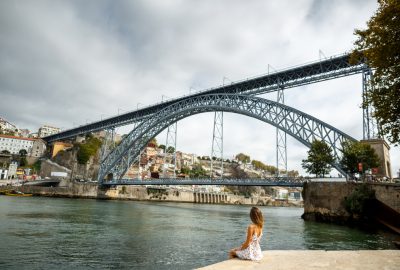
The Bridge Dom Luis I is named after King Luis I and connects the cities of Porto and Vila Nova de Gaia; the airy and graceful design in the style of Gustave Eiffel is created by his student and companion Théophile Seyrig
Getting five glasses for €5 is not uncommon in this city. Keep in mind that port wine is heavy stuff, those five glasses can get you wasted. That’s when the Francesinha sandwich comes into play. I personally find it disgusting, at least when sober. It’s a grilled cheese with steak, sausage, ham, egg, gravy and served with fries. Sounds stupid, doesn’t it? It is, but you’re going to need that after all the wine tasting. Portuguese cuisine isn’t very refined; it’s simple and filling food. Their famous pastries are all egg yolk, sugar and a bit of flour. Not complicated stuff but very rich both in taste and calories. The only gourmet food that comes to mind is…canned fish. They managed to turn some of the most hated things on the planet into an art form. Head to the waterfront district of Ribeira and take everything in. It is, by far, the busiest part of the city, especially during the weekends. Clubs and bars range from quiet cafés organizing poetry reading evenings to electronic music mammoths like the Hard Club. Locals often continue their night fun around the Industrial District, which is recently becoming the next big thing in Porto. People are amazingly warm and friendly. Everyone speaks fluent English, which was a bit of an issue in Lisbon not that long time ago.


